Mantou are plain Chinese steamed buns. I've been making them my entire life but I've finally mastered how to make them perfectly every time. I will try to keep this guide short and tackle the biggest problems that home cooks face, like collapsed or wrinkly buns.
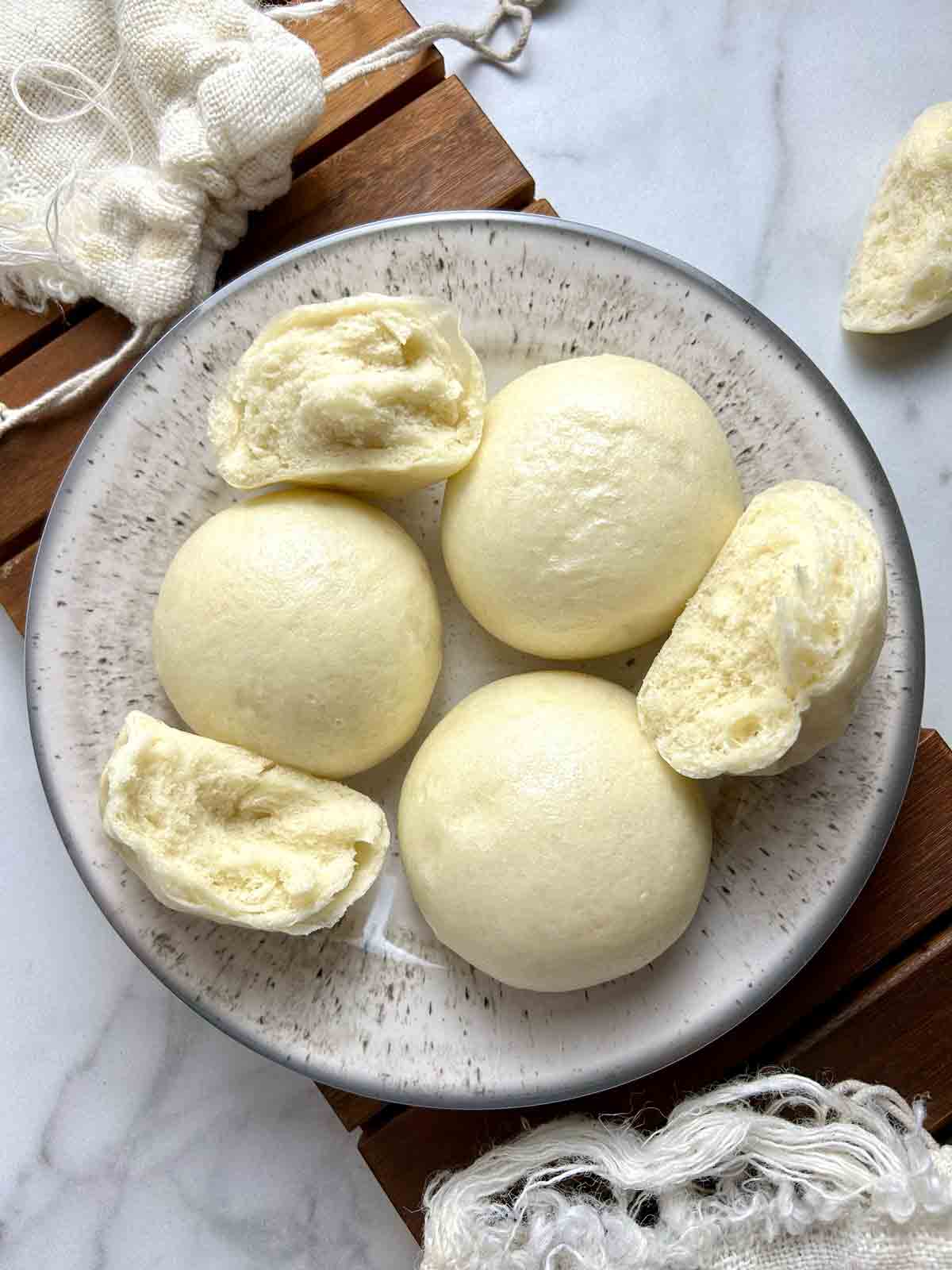
Collapsed or wrinkly buns
One of the biggest issues home cooks face is that their buns end up wrinkly or collapsed. Here is an example of some buns I cooked that ended up that way:
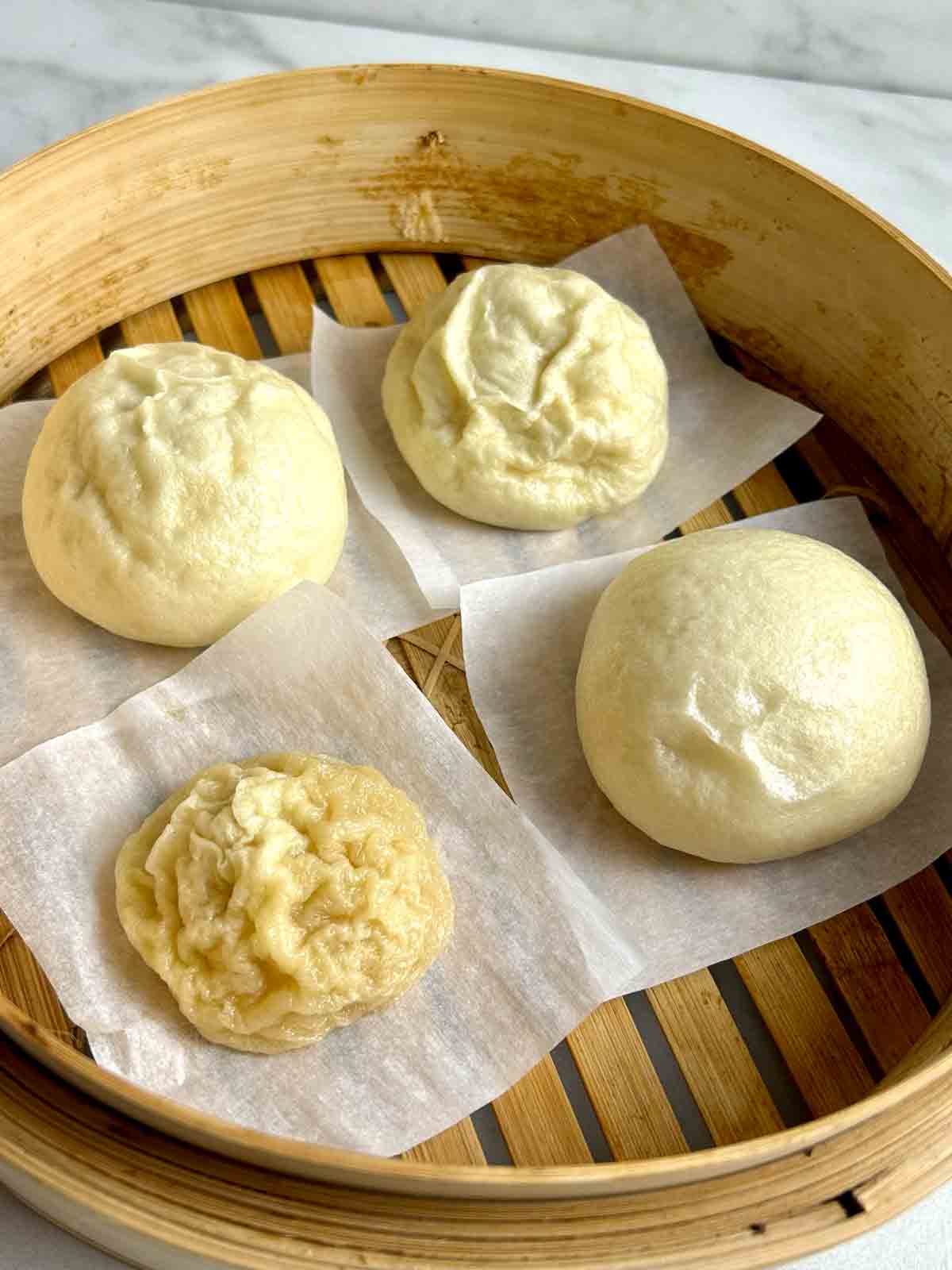
As you can see, one is completely collapsed, another is semi-collapsed, one is kind of wrinkly, and only one looks OK. Can you believe these were all made from the same batch of dough? Actually, everything about their preparation was identical, from the kneading to proofing time to the steaming setup. They were literally steamed together in the same bamboo steamer. Yet the results are wildly inconsistent.
Here is another batch that I made:
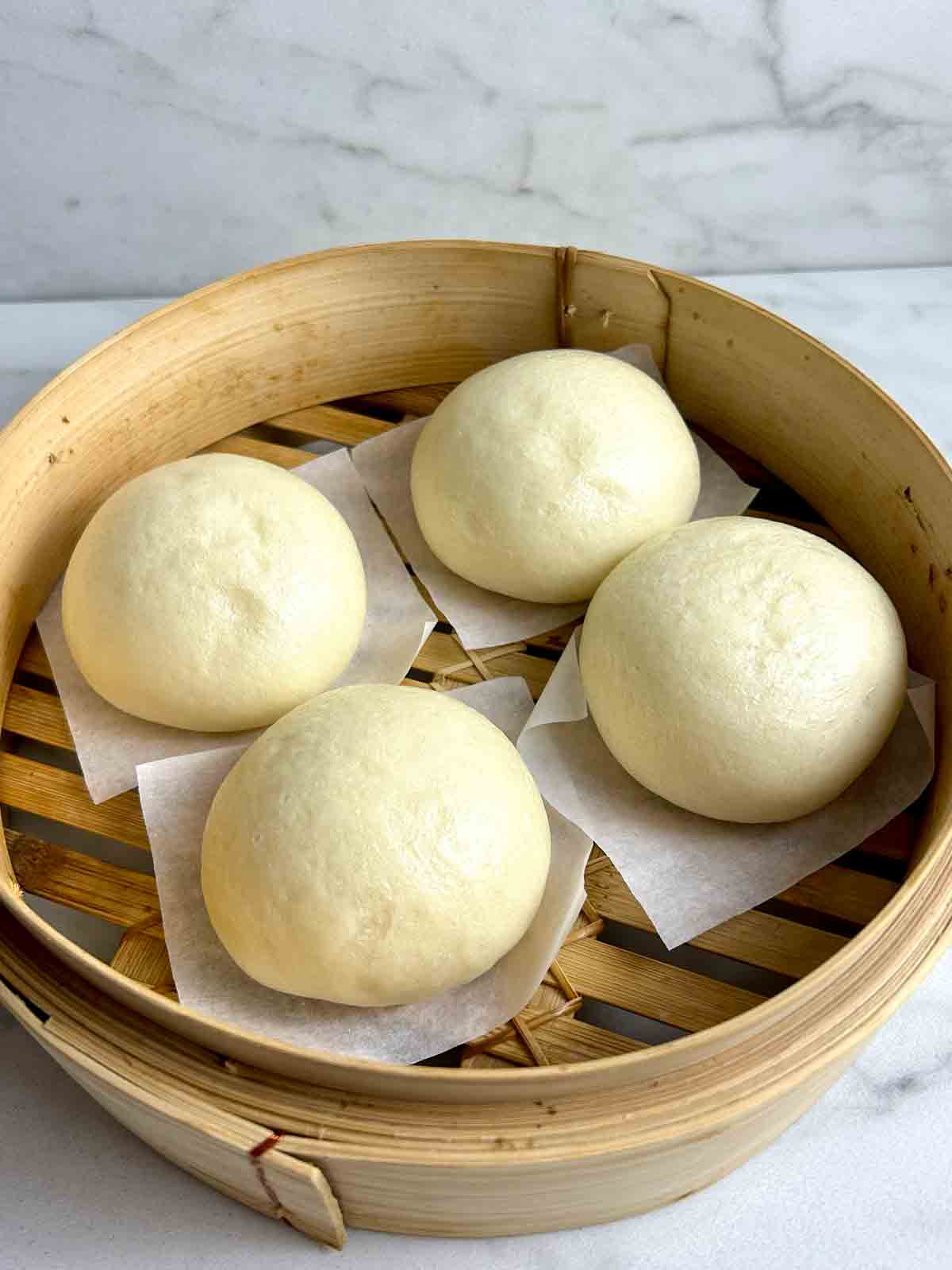
As you can see, the results are much better. In fact, the buns were almost perfect. They were smooth on top and the insides were perfectly fluffy. There were a few air bubbles near the top but that can be easily fixed by flattening the dough after the first proof.
So what makes the difference between collapsed/wrinkly buns and perfect buns? From my experience, its a bunch of factors, and one or the other can have a major effect on the buns.
How long to knead the dough?
If you do not knead the dough long enough, they have a much greater chance of collapsing. The reason is because the gluten structure will not be strong enough to support the pressure of steaming.
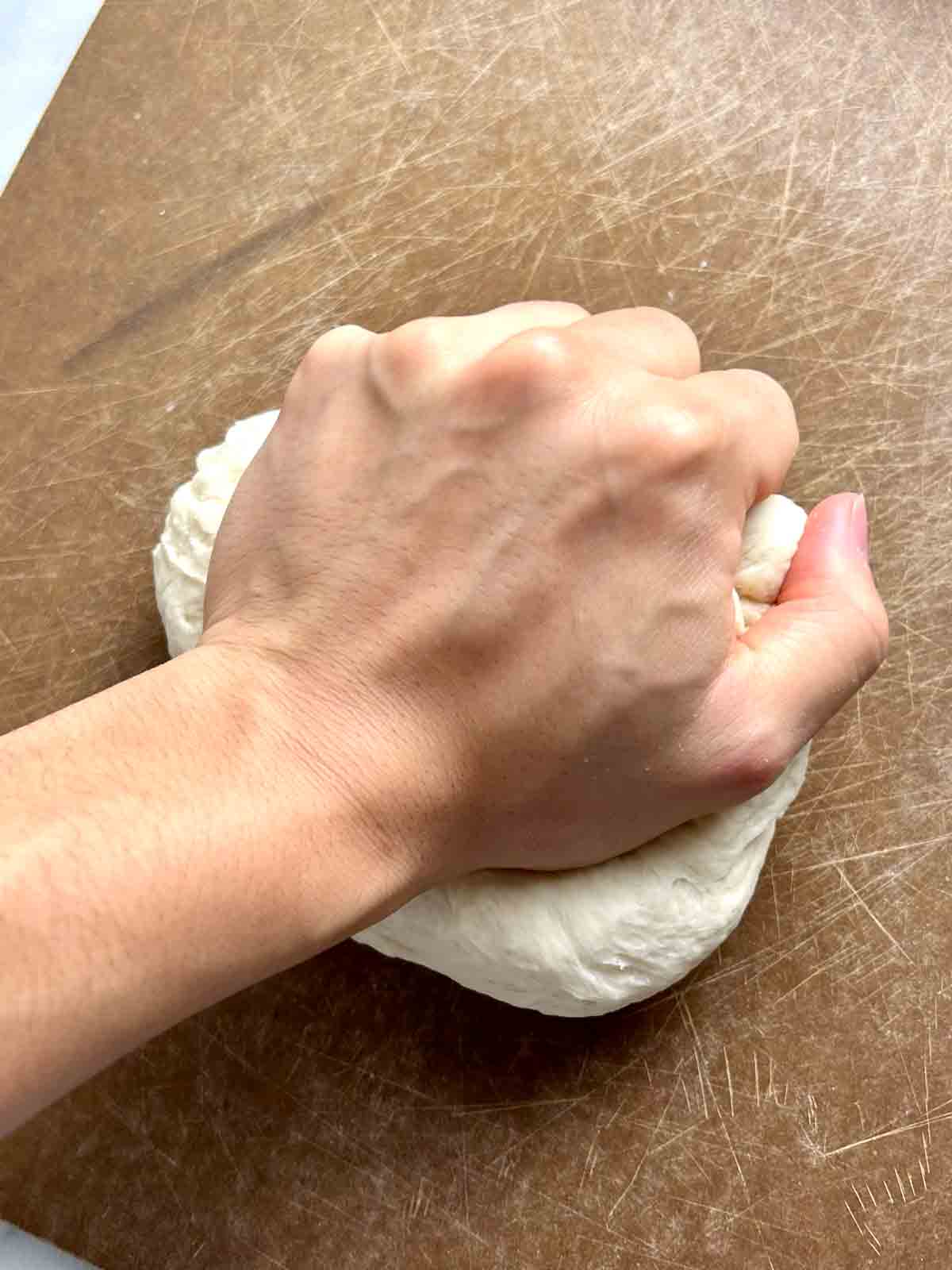
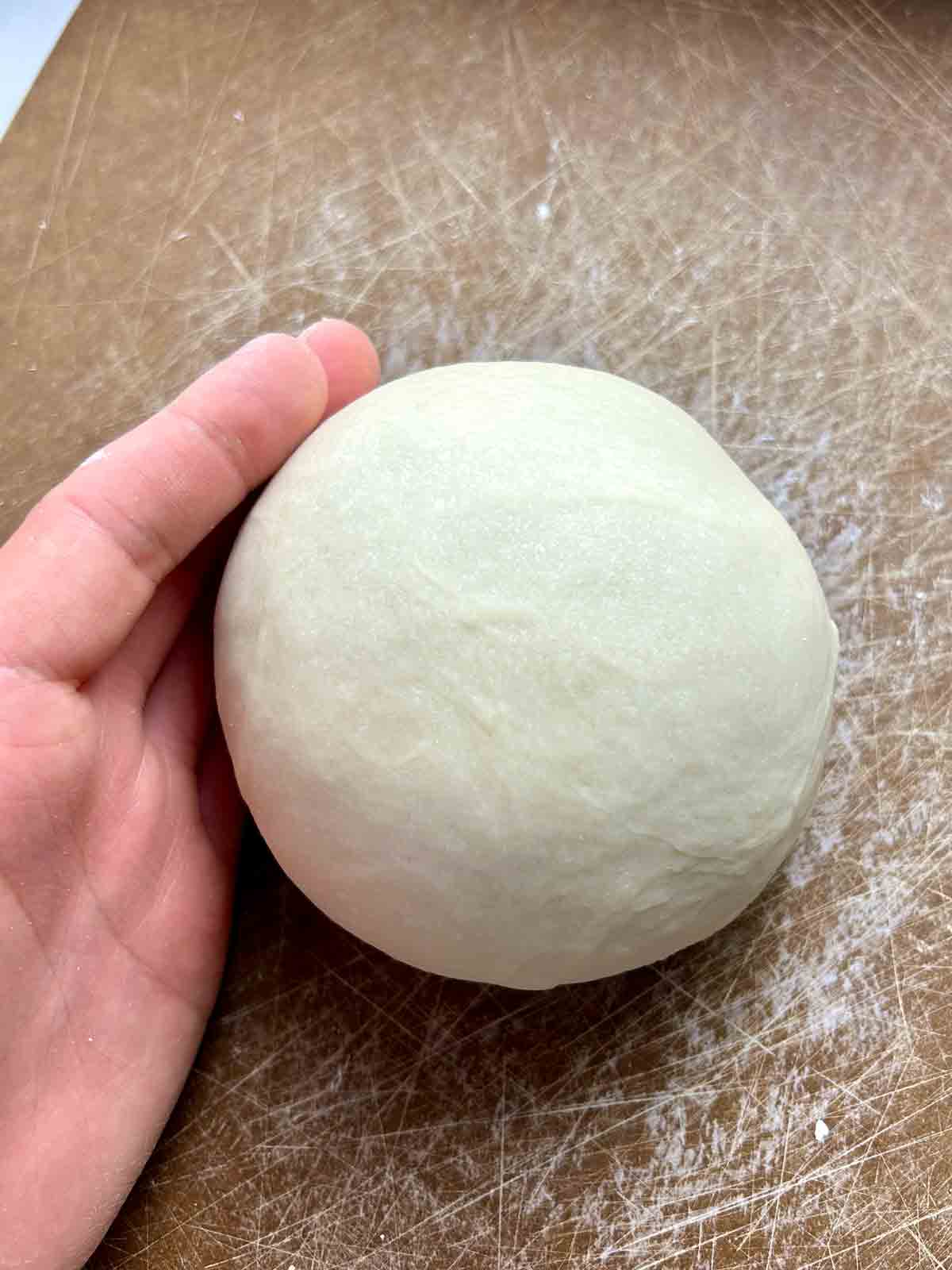
I typically knead my dough for at least 12 minutes by hand or 8 minutes in a stand mixer followed by 2 minutes of hand kneading. I always recommend finishing with some hand kneading because I've noticed some cheaper stand mixers do not knead very evenly.
Time also plays a role in gluten development. As the buns sit, the gluten will naturally get stronger and more elastic. That's why underproofing will result in collapsed buns as well.
How long to proof the buns?
The proofing time can vary greatly depending on the temperature of your home. If it's the peak of summer, you might only need one hour, but if your house is really cold, it could take 2 to 3 hours.
The size of your dough is the best indicator for proofing doneness. After the first proof, the dough should be about doubled in size. After the second proof, it should be about 1.5 times in size. I find taking a picture of the dough before proofing helps me remember how big it was before.
Here is how it should be after the first proof:

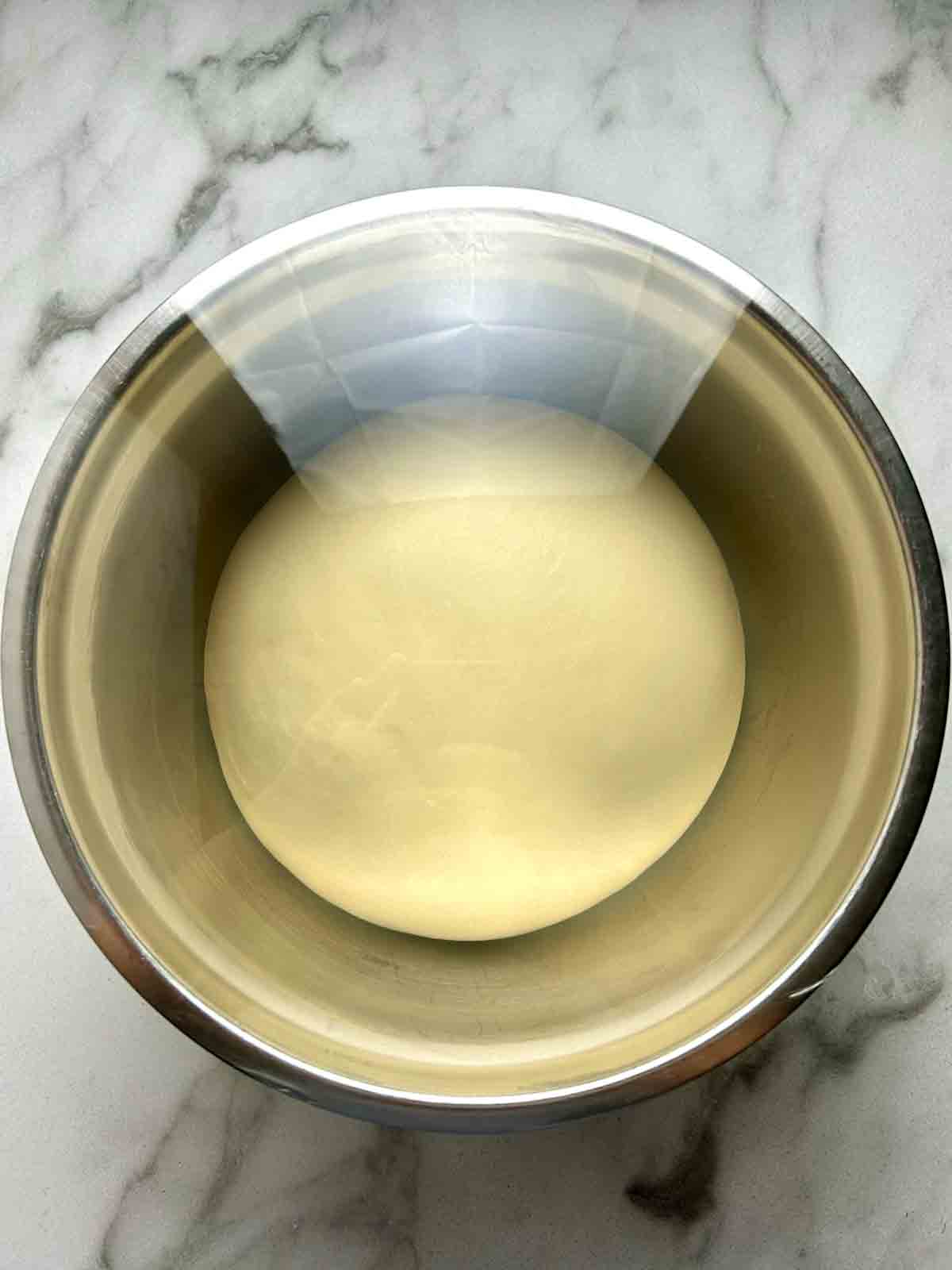
And here is how it should be after the second proof:
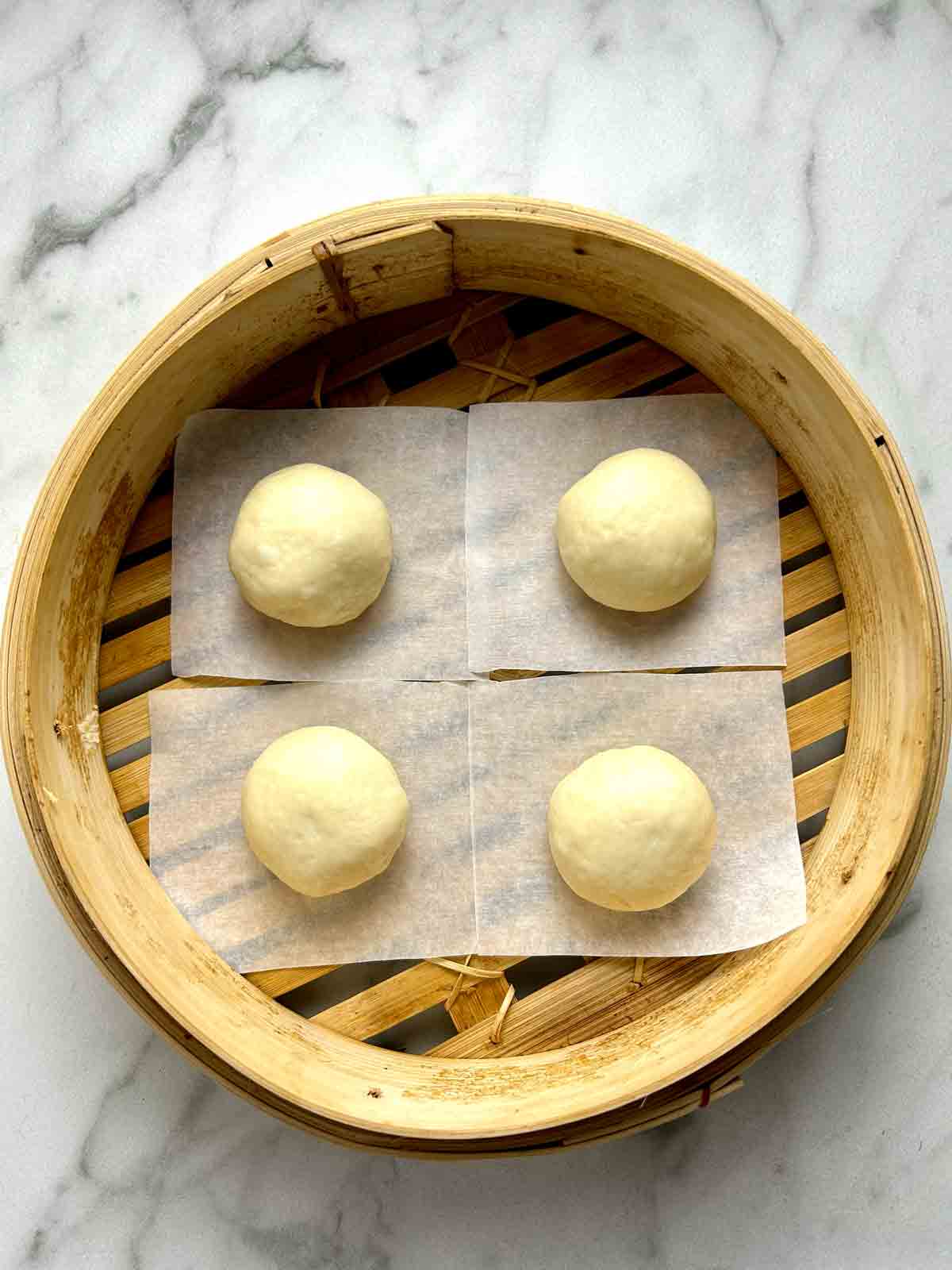
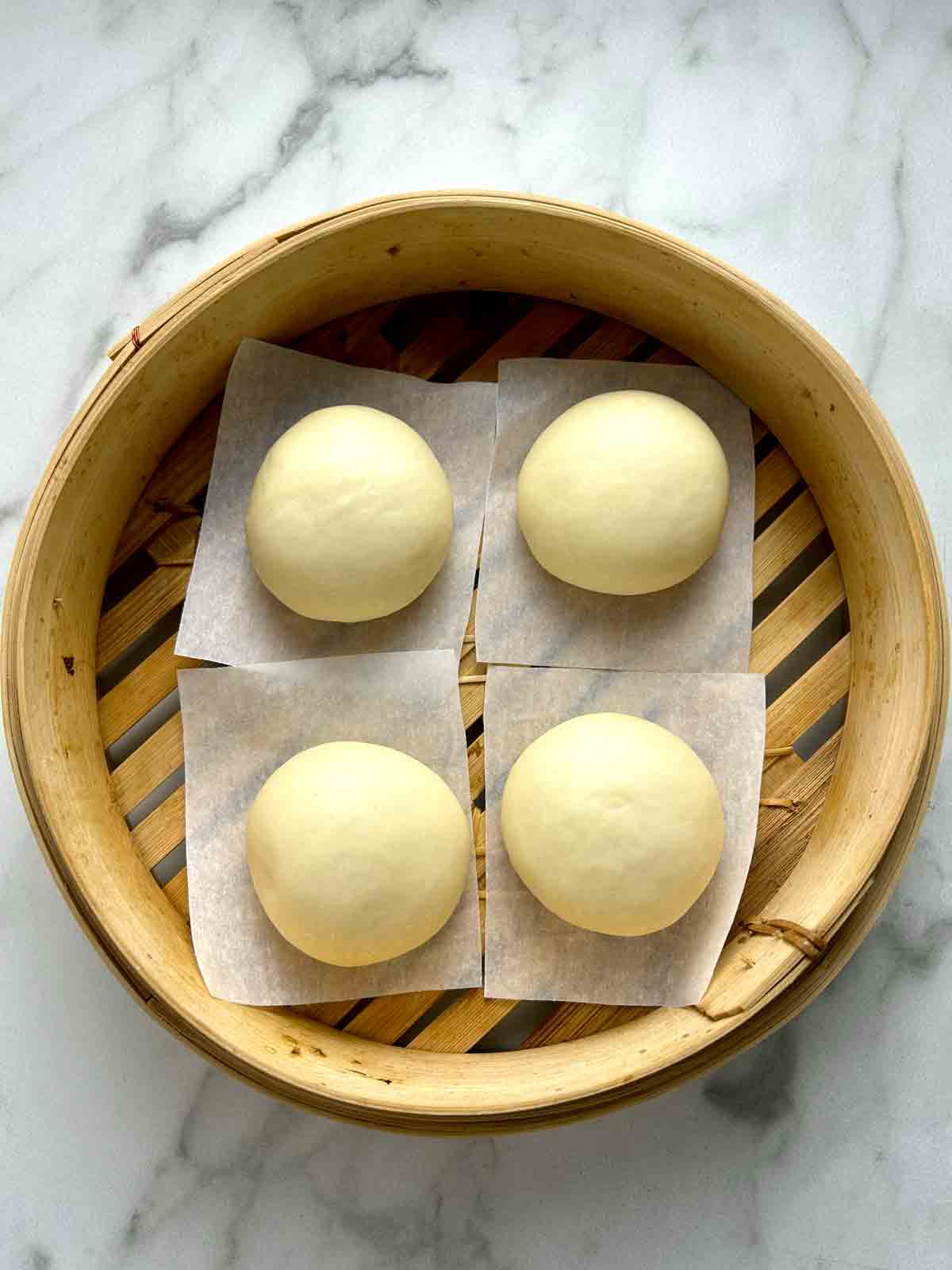
Why I steam on low heat
My number one tip for successful steamed buns is to steam on very low heat. I cannot overstate how important this is. If you steam on high heat, the pressure from the steaming can collapse the buns.
The way I do it is by first bringing the water to a boil and then immediately turning the heat to medium-low. Then I let the residual steam cook the buns for 12-17 minutes. I find this gentle style of steaming is much less likely to collapse the buns.
In terms of steaming equipment, I always recommend using a bamboo steamer as opposed to a metal steamer. The reason is because a bamboo steamer allows steam pressure to escape through the lid, and the walls do not build up condensation like metal steamers.
Note on the quality of your flour
If all else is failing, it could be that you are using a low-quality flour. If you have the money, I'd recommend investing in a higher-quality brand.
The reason high-quality flour matters is because it has more protein and consistent enzymic activity than low-quality flour. Protein content and enzymic activity are extremely important for bread and bun making. Higher protein means more gluten which means a stronger structure. Bread enzymes improve the overall quality, from the strength of the gluten to the texture of the buns.
If you're in the States, I would highly recommend a high-quality flour like King Arthur flour. If you're in Canada, a good brand like Robinhood will be more than enough. Just make sure to avoid anything that is a supermarket brand, like Great Value from Walmart or No Name by Loblaws.

Mantou (Chinese steamed buns)
Ingredients
- 300 g all-purpose flour
- ¼ cup sugar
- 1 teaspoon instant yeast
- ½ teaspoon baking powder
- 160 g warm water
- a little bit of oil for brushing the dough
Instructions
- In a stand mixer bowl, combine the flour, sugar, instant yeast, and baking powder. Add the warm water and mix until a shaggy dough forms.
- Knead on medium speed for 8 minutes, then finish with 2 minutes of hand kneading (alternatively knead by hand for 12 minutes). The dough should be very smooth.
- Shape the dough into a ball then brush with a tiny bit of oil so that a skin doesn't form on the outside. Place it back in the stand mixer bowl and cover with plastic wrap. Let it rise for 1-2 hours until it is doubled in size.
- Divide a sheet of parchment paper into twelve 4-inch squares.
- Punch down the dough, then use a dough scraper to divide the dough into 12 equal portions.
- For each dough portion, use a rolling pin to roll into a flat disc (this is to push out air bubbles). Then, form a smooth ball by pinching and tucking the ends underneath. Place onto the parchment paper.
- Arrange the buns in a bamboo steamer with at least 2 inches of space between each one. Cover with plastic wrap and let them rise for 30 minutes to 1 ½ hours until 1.5x bigger.
- Bring a pot of boil to a boil, then reduce the heat to medium-low (we want to cook the buns on a very gentle heat). Steam the buns for 12 minutes without opening the lid. Turn off the heat and let the residual heat steam them for another 5 minutes. Remove the buns and enjoy!

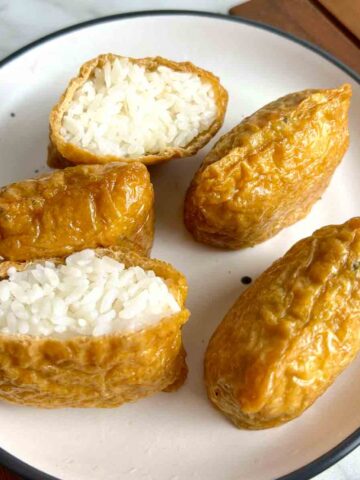


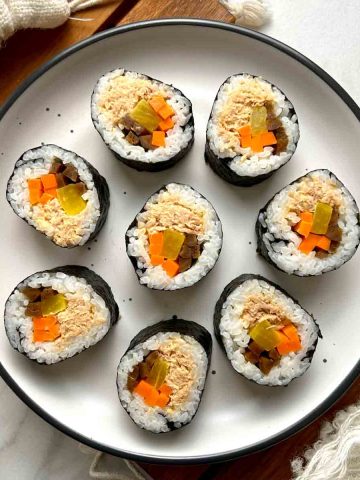
Leave a Reply